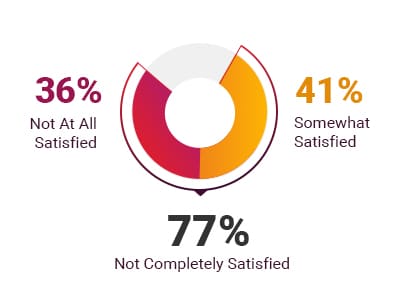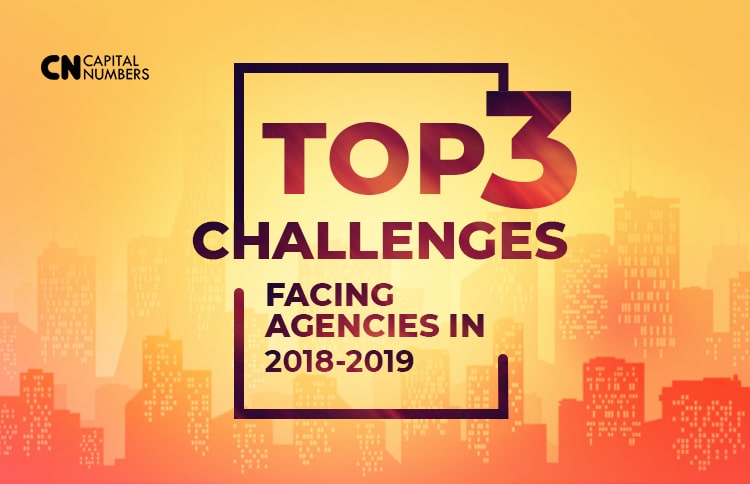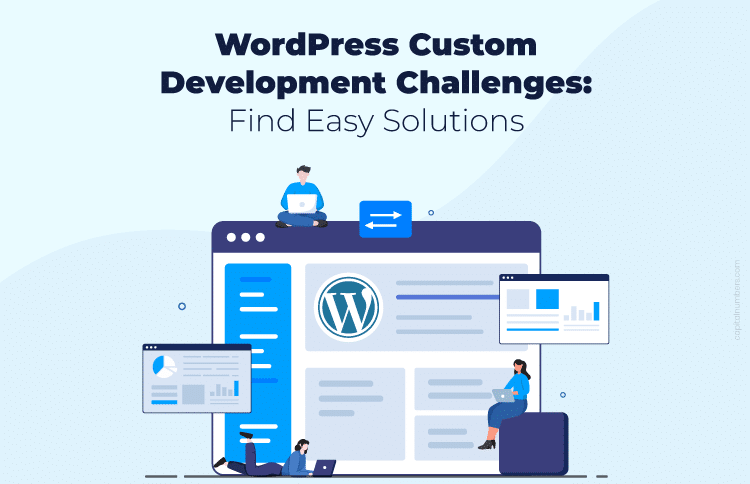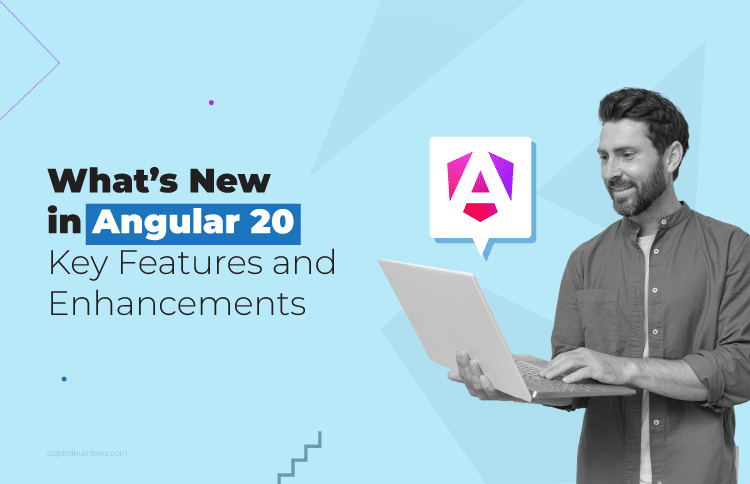Report: Top Three Challenges Facing Agencies In 2018-2019
Table of Contents
How to Maintain Growth, Keep Clients Satisfied, and Retain Good Talent
Do you know what you’re headed into as we approach the middle of 2018?
If recent trends hold, the majority of agencies will refuse to react to market shifts. They’ll utilize the wrong resources, fail to retain clients, and watch their growth rate stall or even drop.
However, agencies which successfully interpret and respond to market trends will pass the next two or three years in relative prosperity. They’ll become the trendsetters and position themselves as industry leaders.
The following was pulled from several surveys conducted in the past year. How you react to these challenges is up to you. But by taking them seriously, you’ll outperform your competitors, attract high-end employees, and enjoy a stellar reputation with happy clients.
1 – Attracting Top Talent
If you’re reading this, you’re in one of the most constantly changing industries in the world. So how do you get, and stay, on top? As always, the answer is this: adapt, adapt, adapt. That applies to attracting and retaining top talent – even as the pool of potential employees changes.

The best in-house talent goes to agencies which can afford to pay top dollar. This is true whether you’re a development agency, an advertising agency, or an all-in-one marketing consultancy. The pool of good talent is small, and often these employees can afford to name their price because they have multiple big-name agencies headhunting them. If you don’t have the funds, you can’t retain them.
Other issues with hiring in-house talents are:
- Scalability
- Flexibility
- Time spent training
To maintain in-house talent for every single service and skill set you need is becoming less and less viable for all but the largest and most established agencies, so your investment might be better spent on freelancers. Over 55 million freelancers work in the US alone…and they don’t come with the burdens of taxes, insurance, benefits, and other overhead that in-house employees have to have. But freelancers come with their own set of drawbacks.
On the hand, freelancers offer drastic cost savings and can be a great resource for completing projects quickly and under-budget. A good freelancer requires zero time to ramp up and will give you 40 hrs a week focused on nothing but you and your project. You can easily supplant a core in-house team with the talents of an outsourced freelancer and finish projects that would have been nonviable otherwise.
On the other hand, they’re notoriously unreliable. Anecdotally, maybe one in every three freelancers have the communication and transparency agencies are looking for. They turn in projects late, with no regard for the guidelines and no chance to fix their errors – meaning their work can often unusable.
Even worse — freelancers can simply take half your deposit and “ghost” you, or become non-communicative. The flexibility and agility that makes them such a good asset also makes them unreliable.
If the idea of hiring freelancers makes you cautious, you can look into using the services of a remote web development agency. Often a cost-efficient option, these agencies will offer complete accountability and transparency, solving the issues that freelancers present. Some will also be able to provide skill sets that match what you would expect from an in-house employee.
2 – Maintaining Client Expectations

41 percent of businesses surveyed said they are only somewhat satisfied with their agency experience. 36 percent aren’t at all satisfied. So… 77 percent of all businesses surveyed said they were less than completely satisfied with their agency experience.
Is this a matter of correctly managing client expectations, or is it a matter of completely failing to meet them?
Chances are, it’s both. We’ve all had the displeasure of dealing with meddling or dictatorial clients. But your ability to do two things – openly and effectively communicate, and deliver ROI-based results – will blunt the edge of client dissatisfaction.
How to Manage Client Expectations
Time is your most valuable resource here. Nothing beats the effectiveness of consistent, un-rushed, face-to-face meetings. Give your full attention to the expectations of your client, and you’ll see a drop in miscommunications and a misplaced expectations. However… if you’re like most C-level execs, then you have at least sixteen hours daily devoted to everyday business, and any additional client time would significantly impact your effectiveness in other areas.
In that case, free your time from project management. The job of retaining new business is foundational for any agency. Client dissatisfaction will kill your reputation and your cash flow. Any amount of time you free up through delegation is time you can spend managing client expectations.
Include clients in the [[feedback loop]]. Make sure you’re following up on all your touchpoint and the lines of communication are always open. Yes, you might get a dictator client. But by following a policy of enforcing radical honesty and transparency in both your team and your client, you might help mitigate some dissatisfaction.
How to Deliver Results
Your clients have a tendency to think that their solution is the greatest thing ever. They expect it to gain massive traction and world-altering success…and if it doesn’t, that’s somehow the fault of you and your agency. This problem is especially notorious for agencies focusing on branding and design. These agencies may struggle to communicate the success of their efforts when compared to conversion-oriented services like PPC and email marketing.
Your efforts should put money in your client’s account. If that means offering conversion oriented services you don’t already provide, then you might have to bring on a freelancer or even a full-time specialist. It’s hard to be dissatisfied with consistent positive ROI.
3 – Managing and Maintaining Growth

83% of agencies in 2017 reported growth – but do those expectations remain for the future?
Recently, 23% of agencies said that maintaining their growth was one of the biggest challenges facing their business. That’s almost double the number of agencies who said the same thing a year ago.
If you want to carry on growing and expanding, then you have to stay competitive, but that’s getting harder. The rise of one-man-band freelancers and small studio agencies is putting pressure on larger agencies…who must also compete with the experience of the biggest, most established agencies.
Here’s how to stay competitive:
Offer a better ROI than any other agencies.
If you can get a return of $40 for every $1 the client puts in, then you’ll outplay agencies that can only get $30. You absolutely must be able to demonstrate how much money the client is gaining from your solution — and you must be able to demonstrate how it’s a better return than what your competitors can offer.
Offer More
Offer more. Are your competitors using PHP, Laravel, and Bootstrap? Are they doing SEO and PPC and SEM? Where are they weak? If you can offer more services and skills, and market them to the right audience, you’ll put yourself in a better position than smaller agencies who can’t compete on their offerings. And if you can get your client a beneficial ROI, you may even undercut the larger agencies in your space and snatch projects out from under their noses.
Conclusion
Adaptability will be key for agencies who want to position themselves well in 2018 – 2019. Change in a progressive direction brings the highest odds of success.
- Outcompete other agencies by adding more to your offers.
- Delegate as much as you can to make time for client satisfaction and retention.
- Manage client expectations with accountable communication and measurable results.
- Hire freelancers to supplant a core team.
- Demand transparency and accountability from your remote hires.
If you want to know more, you can check out the following agency case studies –
Building a Team of Dedicated Designers for FindLaw (Thomson Reuters)
If you’re a high-end, brand-conscious business, how do you rapidly scale up… without sacrificing quality? Find out how we solved that problem for our client FindLaw, and how we can do the same for you.
Scaling the Team for America’s Largest SEO Agency
SEO is an in-demand skillset. But when America’s largest SEO agency must diversify in order to expand and keep its finger on the pulse of the market, how did we make that happen? Find out how we gave them affordable, fast and error-free service for sustainable results by clicking here .
How We Helped Idaho’s Leading Digital Agency Grow its Drupal Team
Your core offers must always be executed in accordance with your own high standards. But when it’s time to offer MORE, while maintaining the same quality, how can we make that happen? Click here to find out .
Scaling the Joomla Team for an Australian Digital Agency
Scaling, flexibility, and affordability – this case study demonstrates our ability to deliver all three. Find out how here .
Most of these case studies demonstrate that we can help you scale quickly, without sacrificing quality, across a wide variety of skills and services.














